Information
To create awareness about the threats and opportunities the Baltic Sea is facing, BalticSea2020 has been collecting and make available information of the Baltic Sea, which then has been provided to decision makers, civil servants, municipalities and the general public. Information and knowledge has been spread by supporting the Stockholm University Baltic Sea Centre (Baltic Eye), supporting a Baltic Sea Science Center at Skansen containing large aquariums, exhibitions and laboratory rooms for school students, and by producing documentaries and feature films about the ocean and its inhabitants, arranging seminars and developed educational materials. All aimed to spread awareness of the Baltic Sea and on the measures that have impact for us and the ocean environment.
For more information about the projects within the program area Information, click here.

Baltic Sea: Closure
Folke Rydén´s fifth and last documentary film within The Baltic Sea Media Project.
Release 2019
Folke return to the topics of fishing, eutrophication, toxins and shipping. We revisit with our main characters and the places we covered during the past decade. “Baltic Sea: Closure” was released October 25, 2019 at SVT Vetenskapens värld. The film is also available at ourbalticsea.com
Read more about the Baltic Sea Media Project here

Demonstration plant for effective manure management
A short film by Folke Rydén Production (FRP) in cooperation with BalticSea2020
In 2010, BalticSea2020 started a long-term, large-scale program, aiming to identify technologies and methods for minimizing the risk of nutrients leaching from manure. The project is based on an industrial pig farm in Przybkowo, Poland. Today the farm has a new line for minimizing nutrient leaching by safely storing, managing and spreading manure. The result shows that it is possible to carry out animal farming on a large scale and at the same time utilize nutrients and avoid leakage to the Baltic Sea. Watch the film and learn more about the project. For more information about the project, click here.
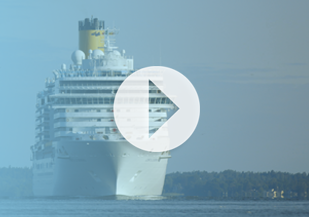
Shipping Pollution
Folke Rydén's fourth documenatry in the Baltic Sea Media Project.
Release 2015
The Baltic Sea contains one of the highest concentrations of shipping in the world. At the same time, the Baltic Sea is one of the most sensitive landlocked seas in the world. And shipping has impaired the environment and citizens to an extent that most people are unaware of.
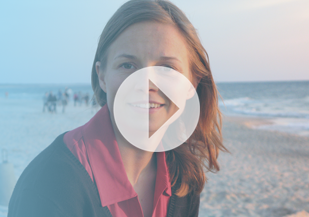
For Cod's Sake
Folke Rydén's first documenatry in the Baltic Sea Media Project
Over two dramatic and decisive years we get up and close with fishermen, scientists, politicians and the cod itself. Without the cod, the sea will be out of balance, the water filthy and fishermen will survive only as tourist attractions.Read more about the Baltic Sea Media Project

Dirty Waters
Folke Rydén's second documentary for the Baltic Sea Media Project.
The Baltic Sea is facing an uncertain future. The dangers are many, but all exacerbated by something as simple as how we produce our food around the sea. Lots of pork, chicken and livestock farms supply the fields around the inland sea with manure, too much manure. The film Dirty Waters is documenting how, through a more intensive and industrialized meat production the Baltic Sea is driven to the choked, bottom dead sea we have today. Read more about the Baltic Sea Media Project

The Second Wave
Folke Rydén's third documentary for the Baltic Sea Media Project.
The Baltic Sea is a collection point for environmental toxins. The effects of the emissions are rarely known. But eventually, the devastating effects appear in both humans and wildlife: impaired fertility, impaired intellectual capacity, impaired immune system. Scientists are convinced that environmental toxins are one of the reasons that the situation for some species is getting worse. Some are even about to vanish.Read more about the Baltic Sea Media Project

Dirty Waters
Animation 1 History
This is the first animation from Folke Rydén's second documentary about the Baltic Sea for the Baltic Sea Media Project, Dirty Waters.Read more about the Baltic Sea Media Project

Dirty Waters
Animation 2 Nitrate and Phosphor
This is the second animation from Folke Rydén's second documentary about the Baltic Sea for the Baltic Sea Media Project, Dirty Waters.Read more about the Baltic Sea Media Project

Dirty Waters
Animation 3 The Future
This is the third animation from Folke Rydén's second documentary about the Baltic Sea for the Baltic Sea Media Project, Dirty Waters.Read more about the Baltic Sea Media Project

Dirty Waters
Animation 4 The Cost
This is the fourth animation from Folke Rydén's second documentary about the Baltic Sea for the Baltic Sea Media Project, Dirty Waters.Read more about the Baltic Sea Media Project

Kustkanalen meets Living Coast
A production by Kustkanalen in cooperation with BalticSea2020 (in Swedish)
Click here for more information about the project Living Coastal.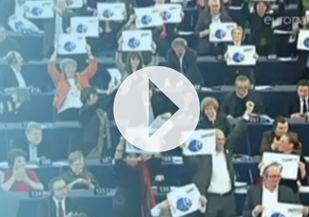
The Common Fishery Policy (CFP)
Summary
The new Common Fisheries Policy will apply from January 2014. However, the reform process started as early as 2007 and during the time up to the last negotiations in 2013, BalticSea2020 have been active to secure a regulation that improves the marine environment, the fish stocks and the profitability of the fishermen. See the film of BalticSea2020s work during the reform of the Common Fishery Policy. Read more about the CFP reform here.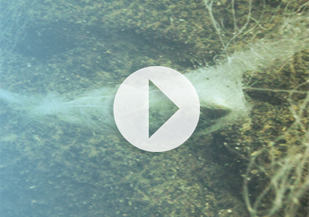
Ghosts in the Baltic Sea
By Joakim Odelberg, in cooperation with BalticSea2020
In October 2011 the documentary "Ghosts of the Baltic Sea" by Joakim Odelberg, broadcasted in Swedish TV channel TV4 Fakta. The film tells the problem of lost fishing gear - so-called ghost nets. BalticSea2020 have had the great honor to convey the film on our website. Click the movie and take part of the story and the discovery by Joakim Odelberg. For more information, see our project Ghost nets in the Baltic Sea.

Short film by Joakim Odelberg (LeoFilm)
When Joakim Odelberg was on Koh Lanta in Thailand, he discovered that many restaurants serve the now endangered tuna. Odelberg chose to inform restaurant owners about the situation of the tuna and also took the opportunity to talk about Hugh's Fish Fights important work for sustainable fishing. In the film, we meet some of the restaurant owners, who after Odelbergs visit chose to make a difference. Read more about Hugh's Fish Fights projects here. Also visit Fish Fights website www.fishfight.net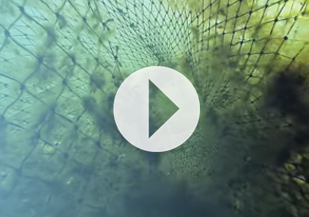
Ghost nets – what happened next?
By Joakim Odelberg, with support from BalticSea2020
In 2010, the documentary "Ghosts in the Baltic Sea" by the underwater cameraman Joakim Odelberg was released. The film received a lot of attention, resulted among other things in a large clean up of fishing gear from the seabed. In 2013 it was time for the follow up – “Ghost nets – what happened next”. This time we will follow Joakim on a new trip around the Baltic to continue documenting what has happened since the first film, and what still needs to be done to decrease the presence of ghost nets in the sea. In August 2015 the documentary was aired on TV4. The films are made by support from BalticSea2020.
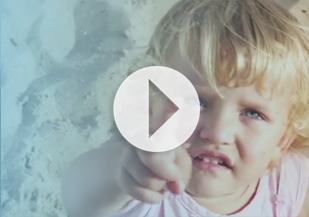
The Contemplator (Swedish version)
A film by Mattias Klum for the Baltic Sea Media Project.
The Baltic Sea is probably on of our World's most beautiful but also most vulnerable seas. Film maker and director Mattias Klum has along with his team followed life around the sea for four years for this unique film. A girl is born in a coastal town, a sea eagle is hatched and a grey seal pup learns how to swim and dive. The contemplator celebrates the unparalleled beauty of this fragile sea and is a powerful reminder of what's at stake. The film is produced in collaboration with The Baltic Sea Media Project and supported by BalticSea2020. Read more about the Baltic Sea Media Project








